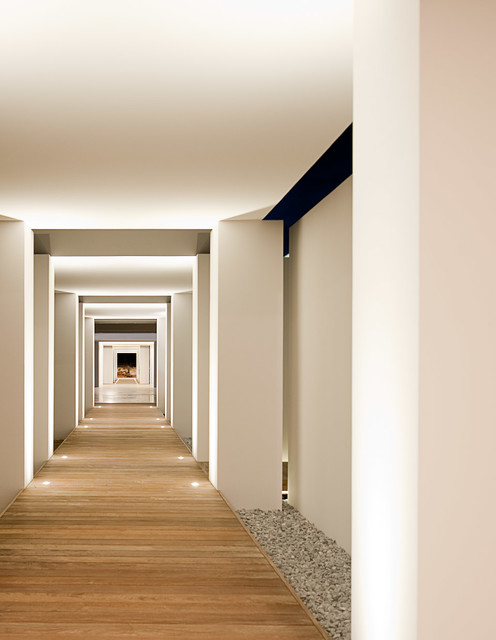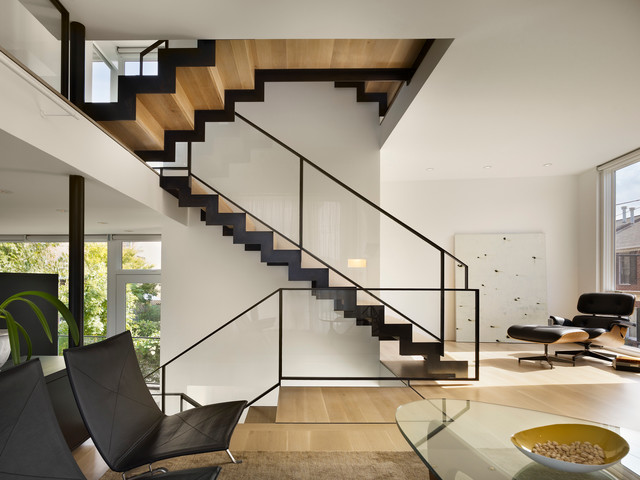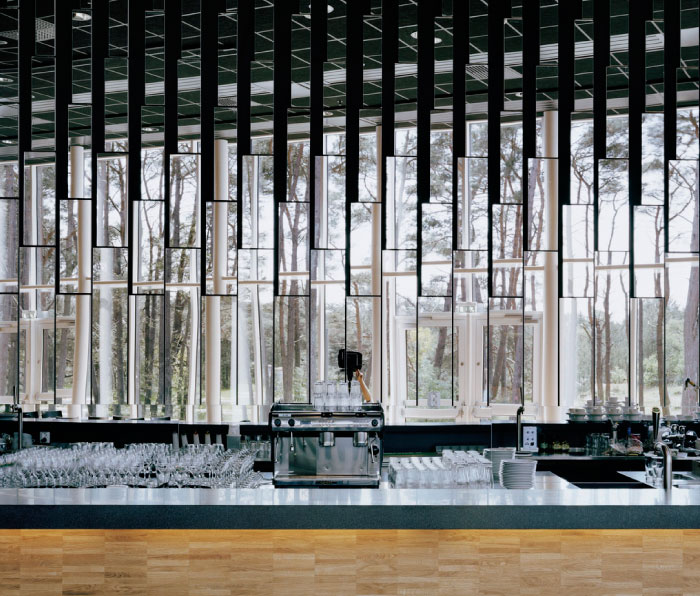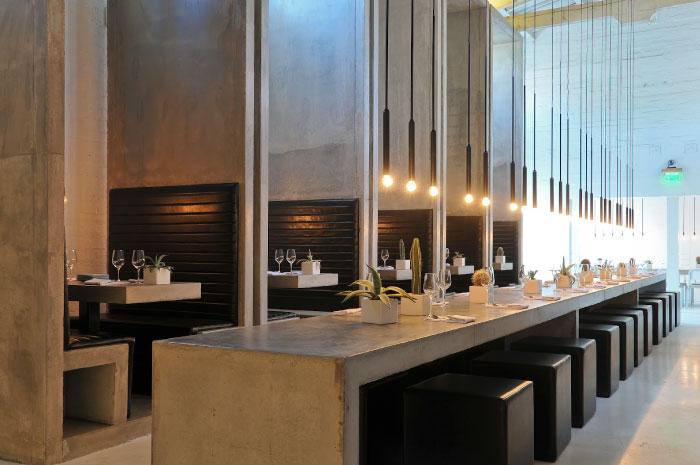If you want to achieve an effective engaging design you should aim to have a coexistence of dominant and subordinate elements to draw the eye around the interior. Rhythm in interior design denotes creating visual interest throughout your space by repeating and contrasting visual patterns.

What Is Rhythm In Interior Design Learn To Apply Tilen Space
Rhythm can be thought of as a pattern in movement.

. Rhythm may be applied in bold statements that make an obvious suggestion about a path of travel or more subtly applied to move your eye about a space without you even realizing the rhythm is there. Rhythm is a combination of repeated elements with slight variations in the pattern. In Interior Design rhythm is all about visual pattern repetition.
In interior design rhythm is all about visual pattern repetition and rhythm is defined as continuity recurrence or organized movement. It is defined as continuity recurrence or organized movement. Regular rhythm is similar to the idea of a pattern.
So heres a good working definition of rhythm in interior design. Rhythm achieved through linear elements alternating elements gradation repetition or intricate details. You should follow a pattern that enhances and illustrates the aesthetic look.
Its all about that eyebrain connection. Rhythm and repetition is the idea of creating movement and harmony throughout your space with recurring patterns colors and different elements. Rhythm is the flow from one design element to the next assisting the eyes to move freely throughout an interior environment.
In an alternating design you use a 1-2-1-2-1-2 pattern. Rhythm is how well you. Rhythm is defined as a strong regular repeated pattern of movement or sound.
The rhythm in most interior designs is based on one of five principles. Lastly progressive rhythm allows for the greatest amount of diversity. Rhythm in interior design denotes creating visual interest throughout your space by repeating and contrasting visual patterns.
Our last blog post introduced the principles of design with a focus on balance. A space that has steady rhythm and repetition will lead the eye around the room seamlessly. Rhythm is a key design principle that encourages our eyes to move around a room in an organized way.
Our eyes actually bounce around the room at lightning speed going from one thing to another. Think of the black and white squares on a chessboard. Flowing rhythm allows for a greater diversity of design elements but with great diversity in the elements size sequence nature and so on.
Today she will cover the final principal of interior design. Who doesnt want internal calm and tranquility when they walk into their home. It carries the eye along a path at a pace that is comfortable for the viewer.
Rhythm can also be created by progression transition or contrast. To start rhythm is one of the seven principles of interior design. Rhythm is how well you execute repetition.
When applied to an interior design rhythm is achieved by the repetitive use of decorative elements. Repetition gradation transition contrast and radiation. An alternating rhythm is in fact a.
Also it plays a large role in how we perceive the space both in terms of functionality and whether or not it seems aesthetically pleasing. Rhythm and repetition is the idea of creating movement and harmony throughout your space with recurring patterns colors and different. Unity and harmony are the backbones of any great design.
When used well it brings an underlying unity and sense of variety to our spaces. Alternating rhythm You can repeat more than one element in a design. Rhythm may be applied in bold statements that make an obvious suggestion about a path of travel or more subtly applied to move your eye about a space without you even realizing the rhythm is there.
In interior design rhythm is all about repetition of design elements that help to create movement within a space. Thats an alternating rhythm in play. Interior Design Principles.
In interior design rhythm is all about visual pattern repetition and rhythm is defined as continuity recurrence or organized movement. Its created when one or more elements of design are used repeatedly to create a feeling of organized movement. In interior design rhythm is all about repetition of design elements that help to create movement within a space.
By repeating patterns shapes colour and texture or similar and complimentary pieces throughout a space you create a. The meaning of INTERIOR DESIGN is the art or practice of planning and supervising the design and execution of architectural interiors and their furnishings. It is the way that order interest and focus are introduced to a space and helps to lead your eye throughout the room.
Rhythm is the idea of creating organized movement around the room by repeating elements in a space. Harmonious design is an interior design firm delivering intelligentharmony can be achieved through repetition and rhythm. Its used to help our eyes move around a room in an organized manner and thought.
This represents movement and motion within art and is a technique used by visual arts and designers to create fluidity within an artwork or object. Like rhythm in music rhythm in design brings a sense of movement to a space. The design elements are repeated in the same manner throughout the design.
To achieve these themes in a design you can use repetition of lines forms colours or textures.

Principles Of Interior Design Part 2 Rhythm

5 Ways Rhythm Engages Your Eye

What Is Rhythm In Interior Design Learn To Apply Tilen Space

Basic Interior Design Principles Everyone Should Know Brumbaughs Fine Home Furnishings

5 Ways Rhythm Engages Your Eye

Principles Of Interior Design Part 2 Rhythm

Principles Of Interior Design Part 2 Rhythm

What Is Rhythm In Interior Design Learn To Apply Tilen Space
0 comments
Post a Comment